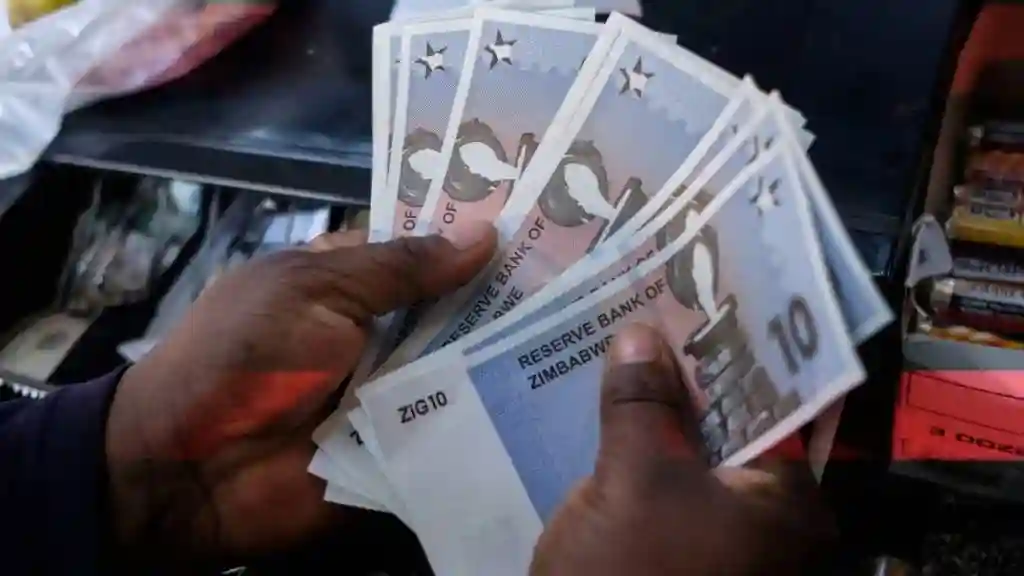Zimbabwe’s new gold-backed currency, the ZiG, is trading at 14 per United States dollar, marking its weakest level on the official market since it began trading five months ago.
The ZiG is currently experiencing its longest losing streak against the dollar, having declined for 23 consecutive trading days.
On September 27, data from the Reserve Bank of Zimbabwe (RBZ) indicated that the ZiG was trading at 14.01 to the US dollar.
In contrast, the parallel market quotes the currency at 28, which is double the official rate, according to ZimPriceCheck.Com, a website that tracks both rates.
The widening gap between the official and parallel market rates is impacting formal businesses, according to the Confederation of Zimbabwe Industries, the nation’s largest manufacturing group.
In response to questions sent by Bloomberg, Sekai Kuvarika, the association’s chief executive officer, said:
The central bank has suppressed the exchange rate for too long, resulting in a wide parallel-market premium.
This has also worsened the situation, which could have been improved by accepting that the parallel market also needs to be reined in.
On April 5, the ZiG was introduced to replace the Zimbabwean dollar, which had depreciated over 80% against the US dollar in 2024 and consistently lost value throughout the year until it was phased out.
The gold-backed currency represents the nation’s sixth attempt to establish a stable local currency since 2009.
Kuvarika also said that committing to a market-determined exchange rate and allowing the ZiG to depreciate in response to market sentiments could help stabilise the currency.
She added that the Treasury could increase demand for the local unit by expanding the range of taxes payable in the currency, including pay-as-you-earn and value-added tax.
Currently, the ZiG is used in 40% of transactions, up from 15% at its inception, while US dollars continue to be used for a majority of transactions.
More: Pindula News

